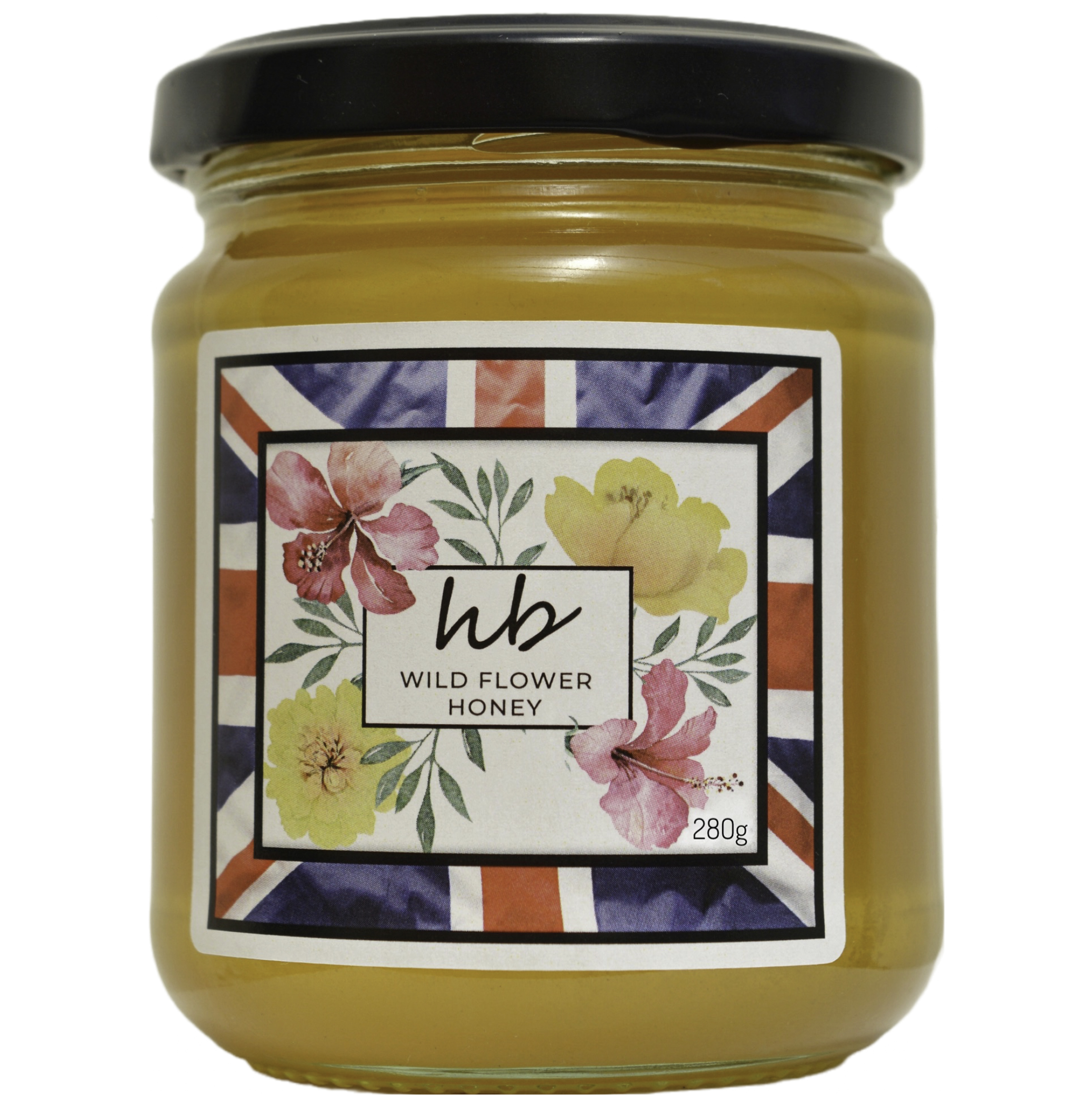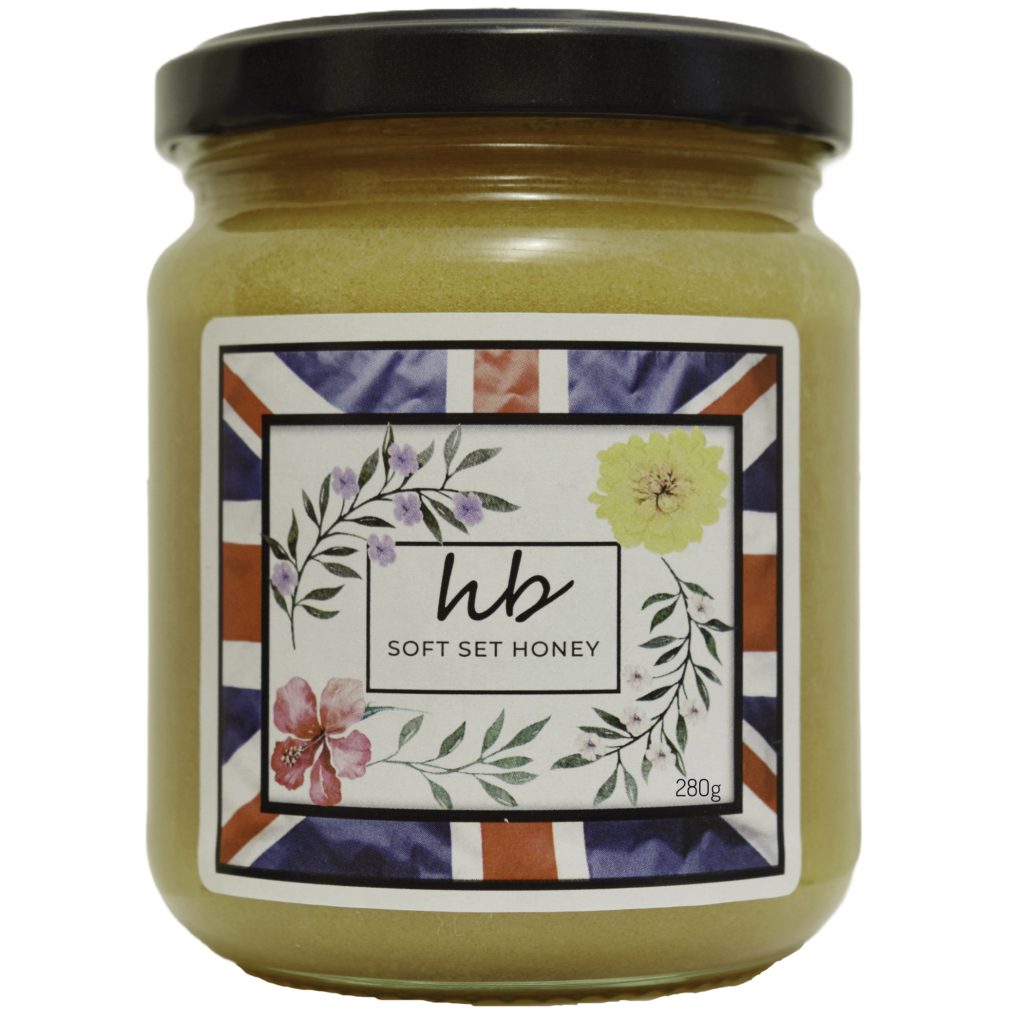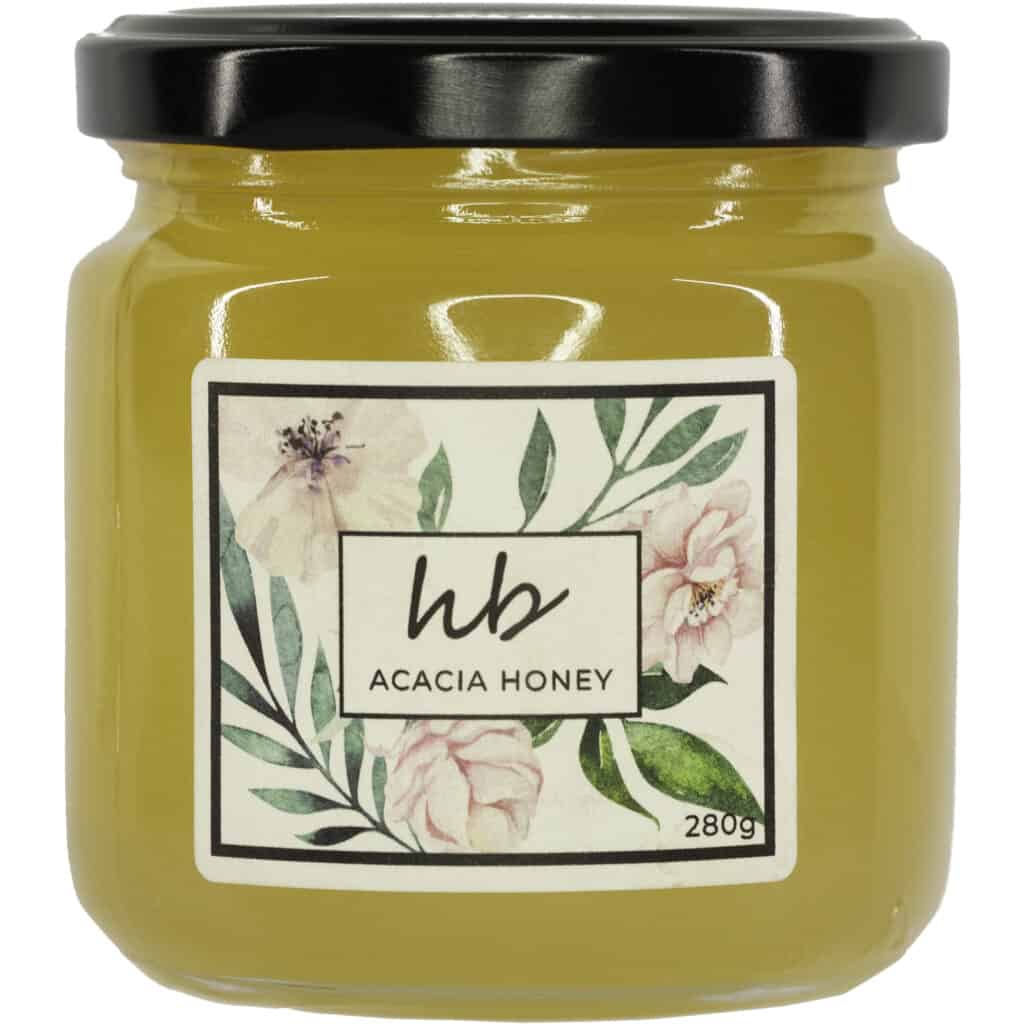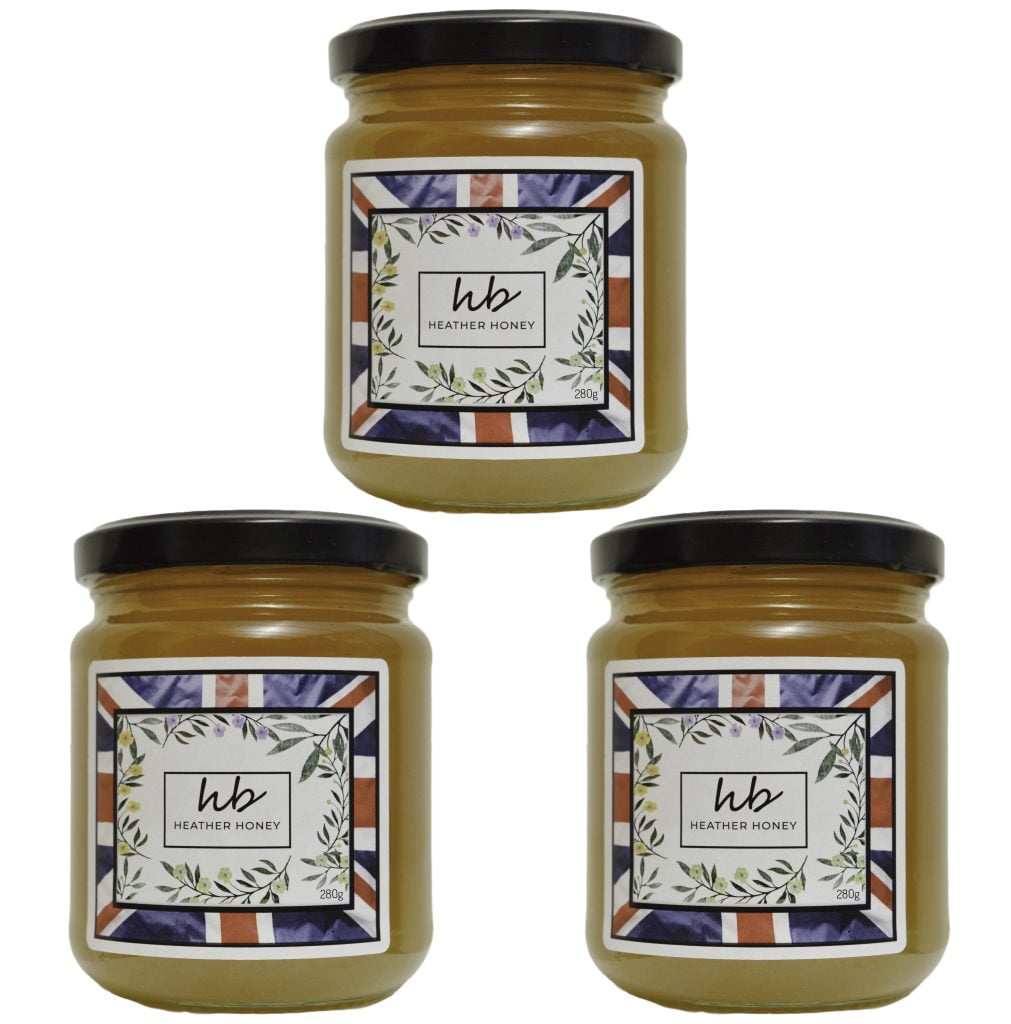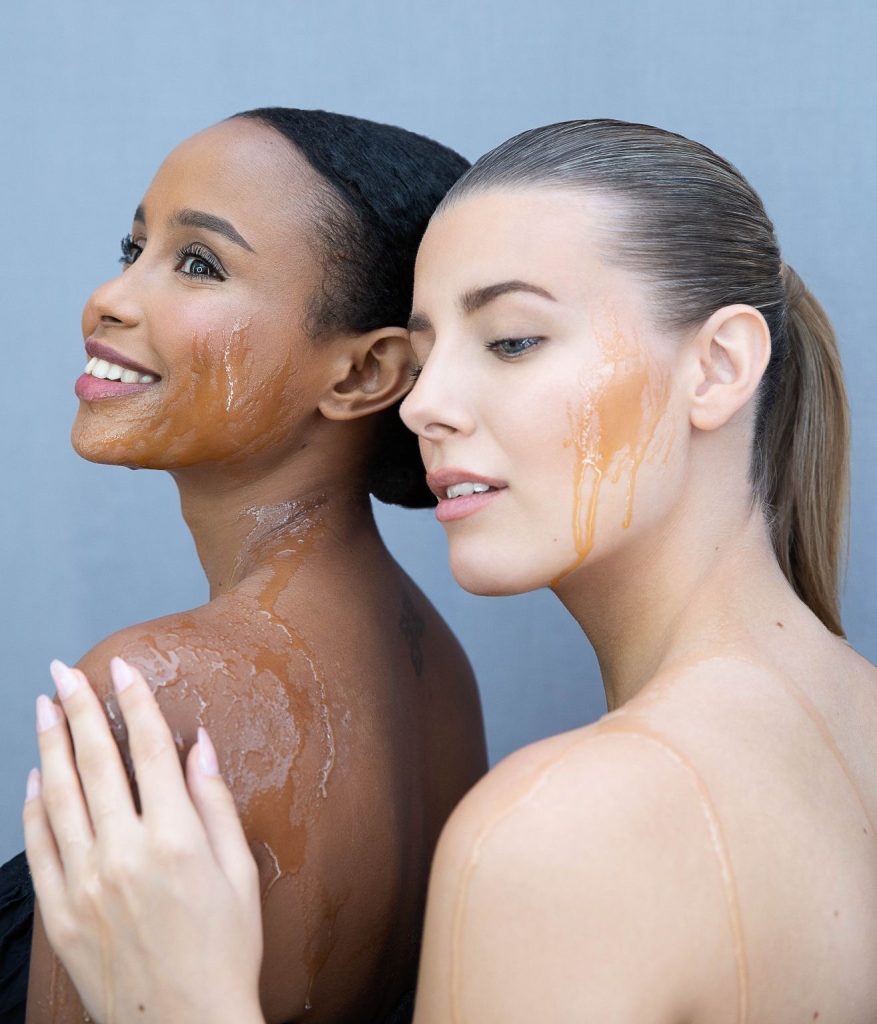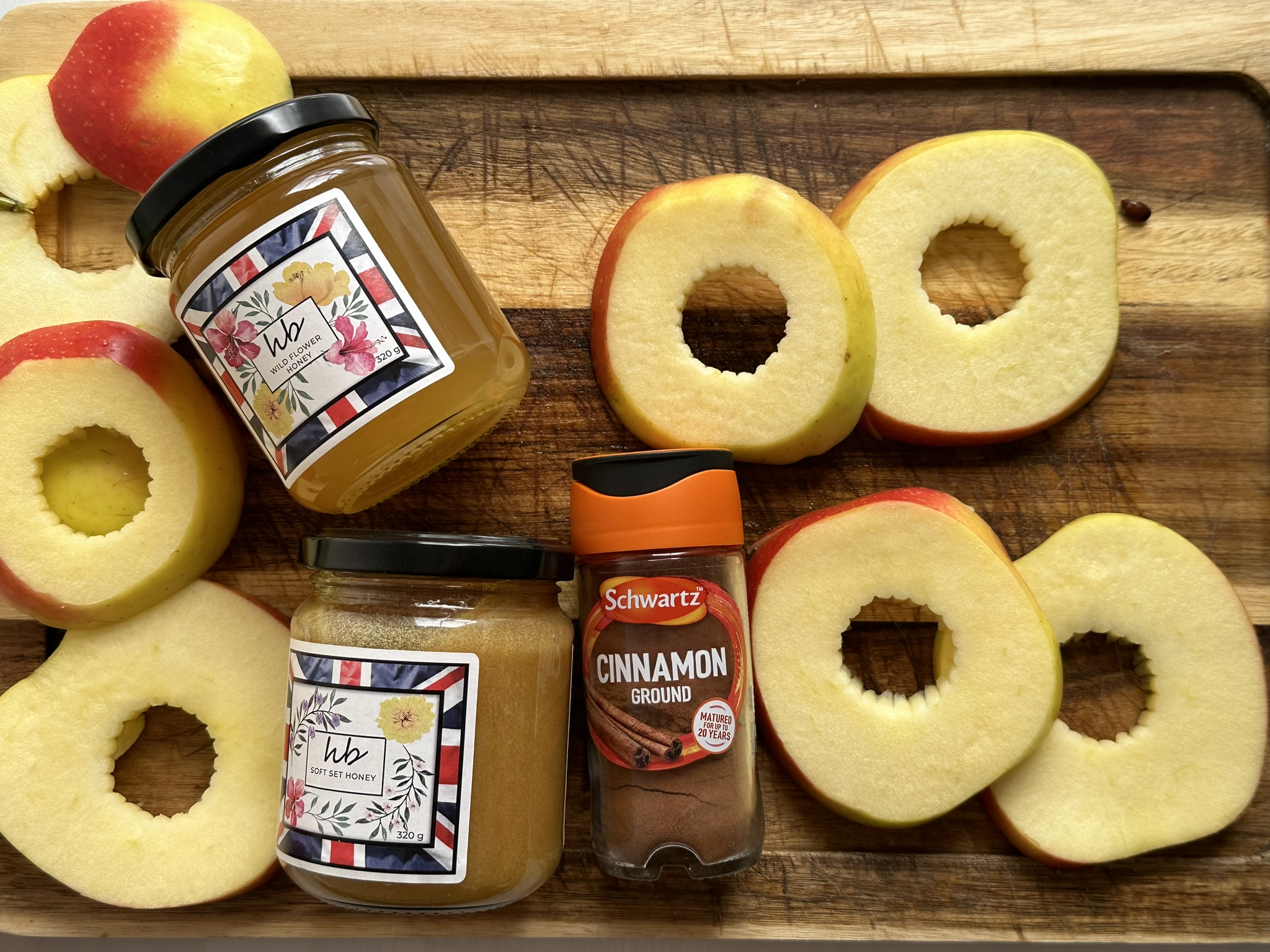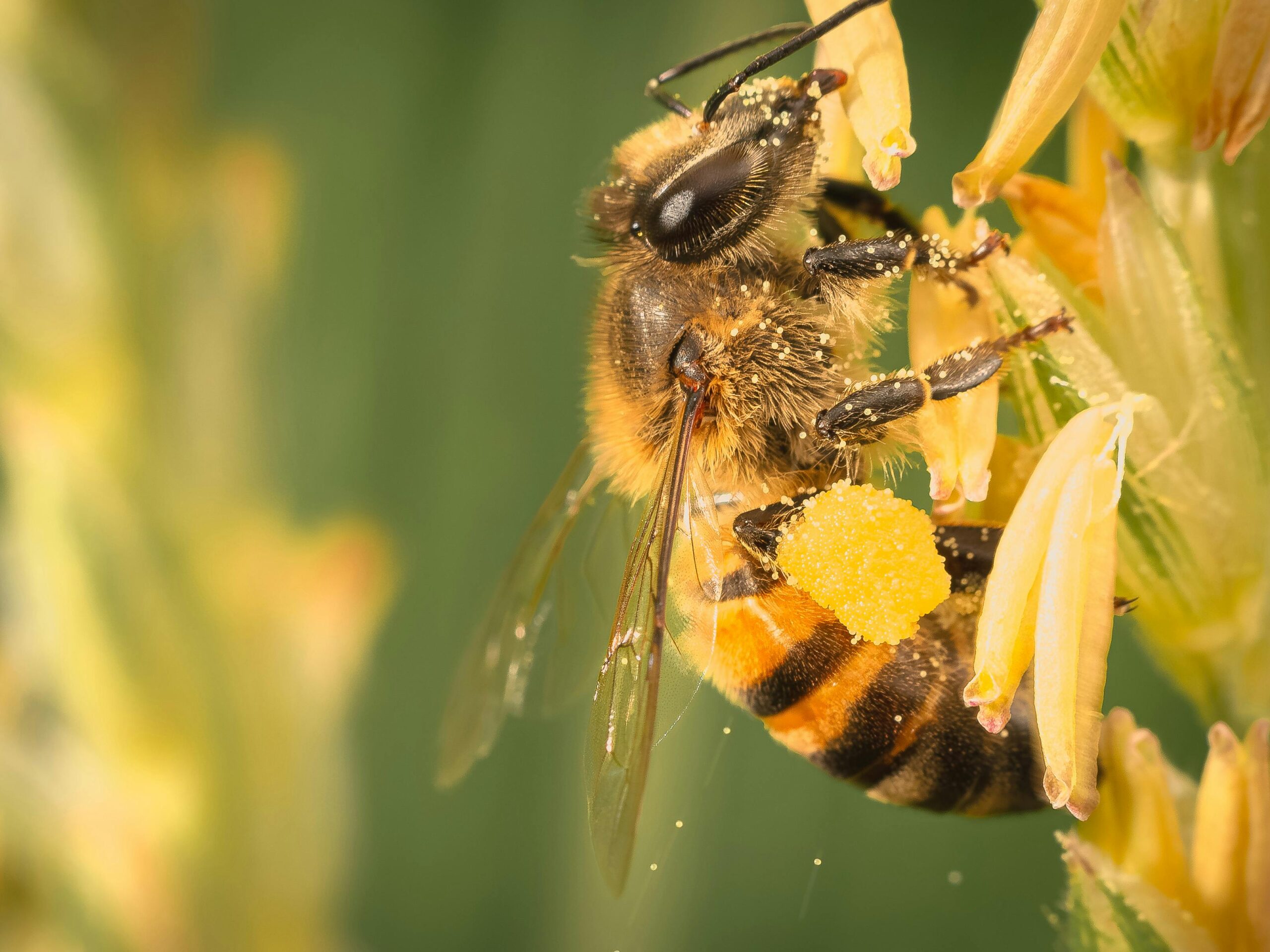Raw Honey - Just How Bees Made It
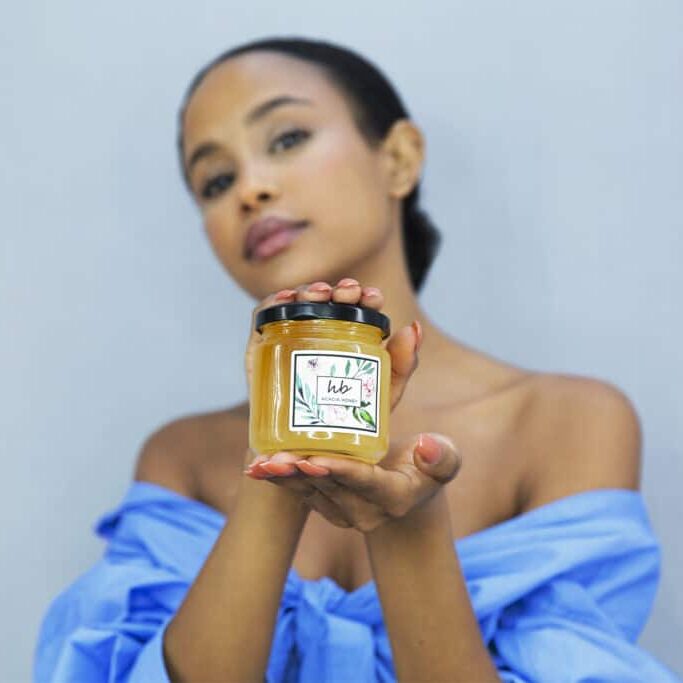
Welcome to HoneyBee & Co.
Our honey is gathered from the most beautiful and untouched places, such as the vibrant landscapes of the United Kingdom, including the Midlands, the Yorkshire Moorlands and also, from the Transylvanian Acacia forests.
We are proud to introduce our new additions - Soft Set Honey and Wild Flower Honey from the Midlands, and Heather Honey from the Yorkshire Moorlands. These are not just any honey, but unique, premium varieties harvested straight from the heart of Britain. They are local honey, gathered by small beekeepers with whom we work closely, helping them commercialize their honey and supporting the growth of the UK and bee population.
At Honeybee & co, we believe in preserving the natural goodness of honey. As a small, family-owned company, we are passionate about sustainable and eco-friendly practices. We are proud to be plastic-free, and our commitment to the environment extends to every aspect of our operations, from the way we harvest our honey to the way we package it.
So come, and explore our world!

VOGUE HOT LIST JUNE 2024
We are happy to be part of the Vogue Summer Hot List 2024 with our all-Natural Premium British Honey. Our dedication to crafting exquisite, sustainable products has taken us to new heights, and we couldn't be prouder! Find us in Vogue's June Edition and experience the flavours of nature's finest nectar on our website!

SALSA Certification for our British Honey Supplier
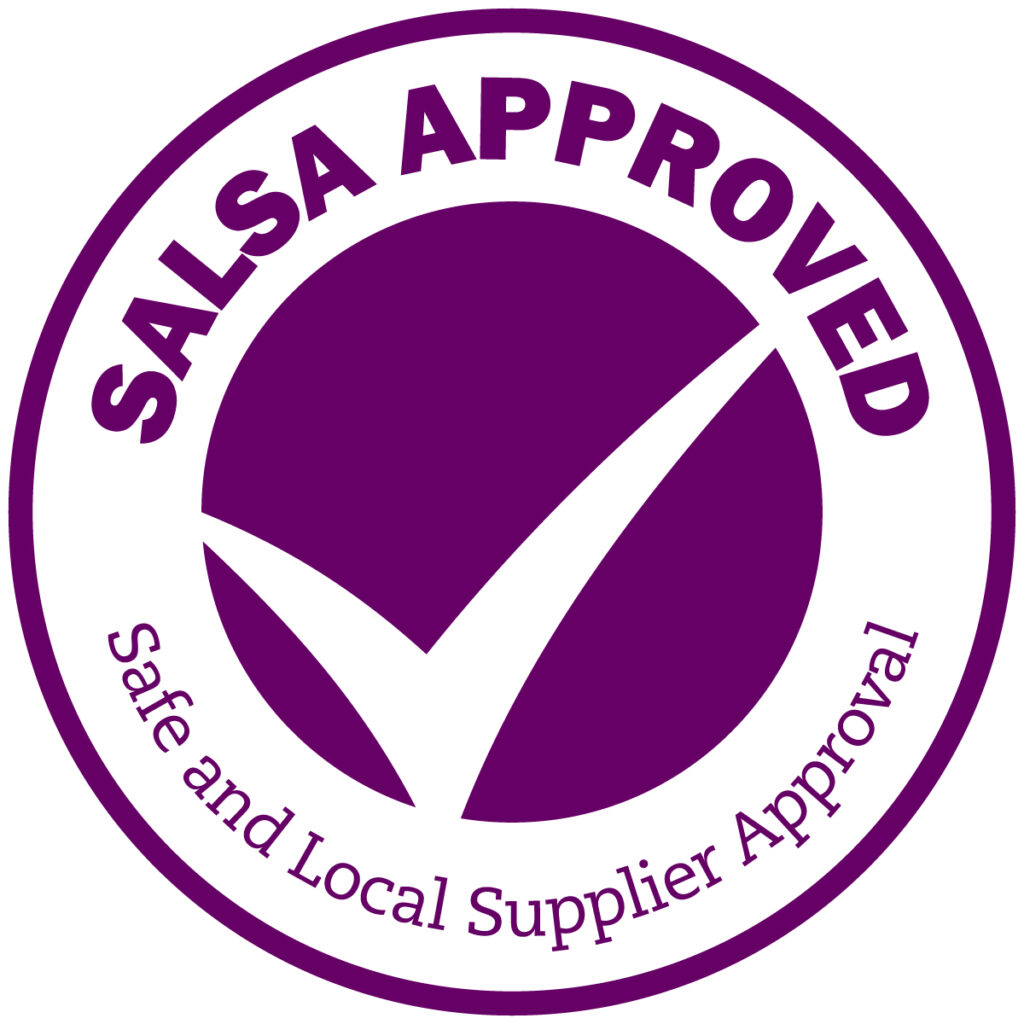
Our British honey supplier holds the prestigious Salsa Certification, a robust and effective food safety certification scheme tailored for smaller food producers and suppliers.
This certification attests that they adhere to industry-recognized standards that surpass the minimum requirements set by regulatory authorities.
To achieve SALSA approval, suppliers must demonstrate to auditors that they consistently produce and supply safe and legal food, and are committed to upholding the stringent SALSA standard. Founded as a non-profit venture by three major trade associations in the UK Food Chain, SALSA is overseen by the Institute of Food Science and Technology (IFST).
Their purpose is to offer affordable food safety assurance certification and support for small and micro businesses in the United Kingdom. Embodying values like prioritizing safe food practices, affordability, building supportive relationships, offering practical guidance, and promoting teamwork and collaboration, SALSA is instrumental in maintaining high-quality food safety standards in the industry.
Honey Subscription Box
SAVE 20% and have your favourite honeys delivered to you all year round!
Why Raw Honey?
Raw Acacia Honey contains many beneficial elements including up to 415 different enzymes and vitamins.

C
CK
K13%-19% Water
13-19 WaterFolic Acid
Folic AcidB2
B2B6
B6+407 Others
+407 OthersB1
B1B3
B3E
E
C
CK
K13%-19% Water
13-19 WaterFolic Acid
Folic AcidB2
B2B6
B6+407 Others
+407 OthersB1
B1B3
B3E
ERaw Honey vs Cheap Honey
1% Minerals, Vitamins, Enzymes
6% Trisaccharide & Other Carbohydrates
7% Maltose
17% Water
31% Glucose
38% Fructose

Up to 35% Blend of EU & Non EU Honeys
Potentially containing pesticides & antibiotics
Up to 50% Water
Up to 35% High Fructose Corn Syrup
*Percentage may vary
The Extraordinary World of Raw Honey and Honey Bees
Raw honey, a natural sweetener produced by honey bees, has been cherished for centuries due to its distinct flavour and potential health benefits . Honey bees, remarkable social insects, create honey by collecting nectar from flowers and transforming it into this golden elixir. This article explores the intricate world of raw honey and honey bees, delving into their nutritional profile, production process, and ecological significance.
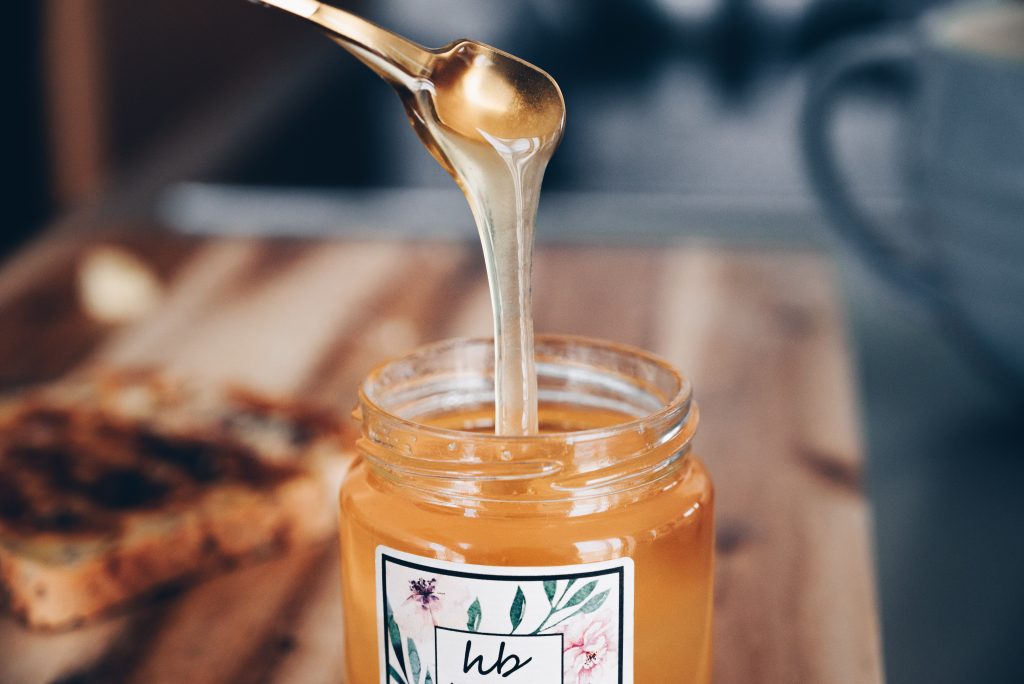
Raw Honey
Raw honey contains natural sugars, vitamins, minerals, and antioxidants (Ajibola et al., 2012). This nutrient-rich substance exhibits antibacterial, anti-inflammatory, and wound-healing properties (Mandal & Mandal, 2011). Additionally, honey aids in alleviating coughs and promoting better sleep (Paul et al., 2007). Its culinary applications range from sweetening foods to enhancing marinades and sauces. In skincare, honey is used in face masks and as a natural remedy for minor burns.
Honey Bees
Honey bees live in complex colonies consisting of three castes: queens, drones, and workers . Nectar collection, honey production, and comb construction are collaborative efforts. Honey bees play a vital role in pollination, supporting biodiversity and agricultural productivity .
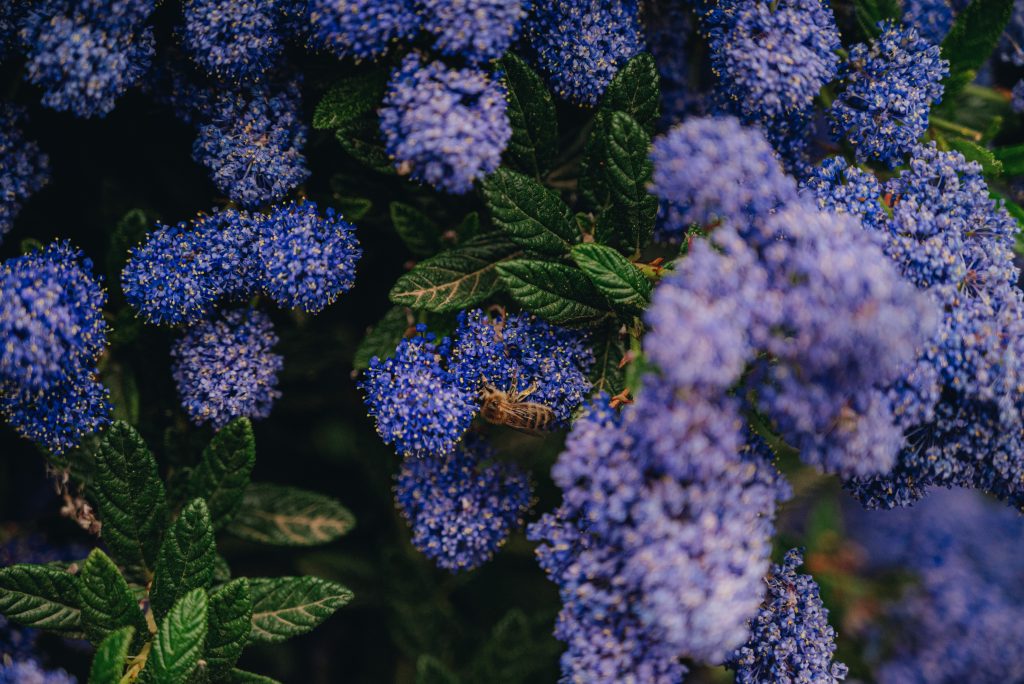
Sustainable Beekeeping and Honey Production
Bee-friendly flora and organic farming methods support honey bee health . Sustainable beekeeping practices include proper hive management, responsible honey harvesting, and public education on bee conservation. Purchasing raw honey responsibly involves understanding honey grading, supporting local beekeepers, and considering ethical concerns.
Raw honey and honey bees exemplify the beauty and intricacy of the natural world. By making sustainable choices and supporting bee conservation, we can preserve this sweet partnership for future generations.
Natural honey is minimally processed, and free from additives, preservatives, and artificial flavours. It is extracted directly from the hive or honeycomb and retains its nutritional properties. Sourcing organic honey from small-scale beekeepers often ensures the natural quality of the product, making it a healthier alternative to processed sugars.
Raw honey undergoes minimal processing, preserving its vitamins, enzymes, and antioxidants. It is extracted directly from the honeycomb and gently strained to remove debris. Raw honey may crystallize over time, but it can be gently warmed to regain its liquid state. Regular honey is filtered and heated to slow down crystallization, making it smoother and clearer.
Can honey be used for skincare?
Honey has been used for centuries in skincare due to its moisturizing, anti-ageing, antibacterial and antioxidant properties.. Its humectant properties help the skin retain moisture, and its antioxidant content can help neutralize free radicals that contribute to ageing. Honey also has anti-inflammatory and wound-healing properties, making it useful for treating acne and soothing irritated skin.
Honey can be used in homemade face masks or cleansers by mixing it with other ingredients like yoghurt, oatmeal, tea, or aloe vera. Additionally, many commercial skincare products incorporate honey or honey-derived ingredients, such as propolis or royal jelly, for their numerous skin benefits.
Is honey good for digestion?
Honey has been used traditionally to aid digestion and alleviate digestive issues. It is rich in antioxidants and nutrients that promote gut health and help maintain a healthy balance of bacteria in the digestive system. Honey's natural enzymes can support the breakdown of food in the digestive tract, making it an effective remedy for indigestion and bloating.
Consuming honey mixed with warm water on an empty stomach in the morning can help stimulate bowel movements and keep the digestive system functioning efficiently. Honey's prebiotic properties can also nourish beneficial gut bacteria, which in turn contribute to overall digestive health.
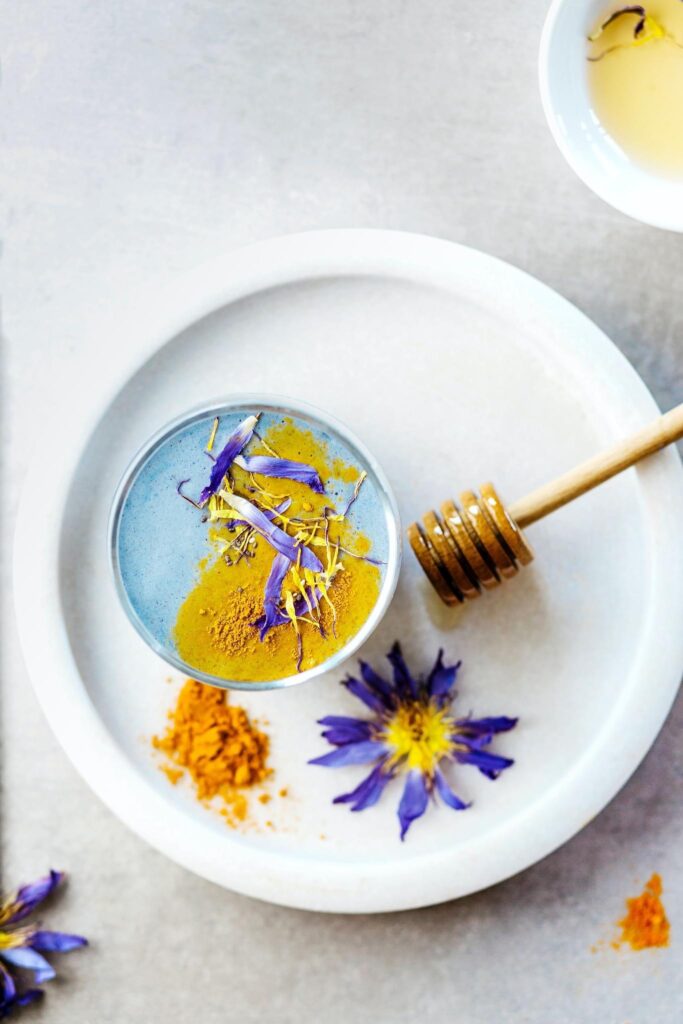
What are honey bees?
Honey bees, scientifically known as Apis mellifera, are a species of social bees that live in complex, hierarchical colonies. They are responsible for the production of honey and are considered one of the most important pollinators of agricultural crops.
Honeybees are divided into three castes:
Queens: The largest bees in the colony, responsible for reproduction and maintaining social cohesion by releasing pheromones. There is usually only one queen per hive.
Drones: male bees whose primary function is to mate with virgin queens from other colonies. Drones are expelled from the hive during winter when resources are scarce.
Workers: sterile female bees that perform various tasks in the colony, such as foraging for nectar and pollen, caring for the brood, and producing honey. Worker bees make up the majority of the colony.
Honey bees communicate with one another through a complex "waggle dance," which conveys information about the location and quality of food sources. They construct their hives using beeswax, forming hexagonal cells in which they store honey and house their brood.
How many bees does it take to make a jar of honey?
Estimates vary, but it is generally believed that it takes hundreds, if not thousands, of bees working together to produce a single jar of honey. In their lifetime, a worker bee will produce approximately 1/12 of a teaspoon of honey, which indicates the extent of collective effort required for honey production. A single hive can contain anywhere from 20,000 to 80,000 bees, highlighting the importance of bee colonies for the production of honey.
In addition to the worker bees directly involved in foraging and honey production, other bees within the hive contribute to maintaining the colony's overall health and functioning, which is essential for successful honey production.
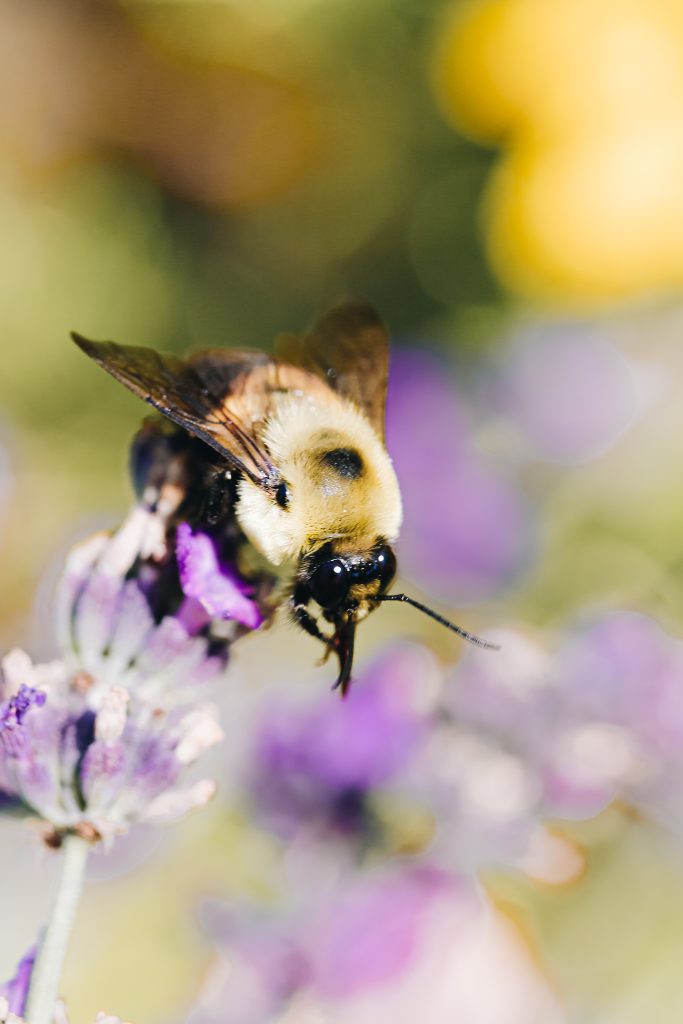
How can I support bee populations?
There are several ways to support bee populations:
Plant a pollinator-friendly garden with native, nectar-rich plants.
Avoid using pesticides in your garden or opt for organic pest control methods.
Provide a water source for bees, like a shallow birdbath or fountain.
Sponsor a hive or become a beekeeper to contribute directly to bee populations.
Buy locally sourced honey and bee products to support sustainable beekeeping practices.
Educate others about the importance of bees and pollinators to raise awareness.
Support organizations and initiatives dedicated to bee conservation and research.
By taking these steps, individuals can play a vital role in protecting and supporting bee populations, which research show are essential for healthy ecosystems and food security.
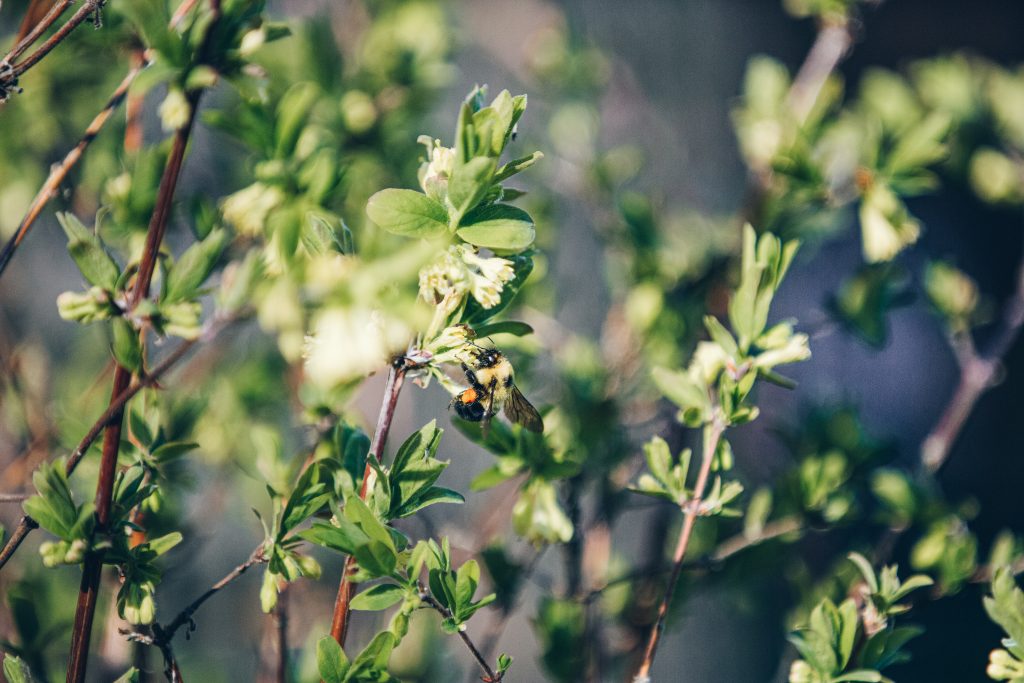
What is honeydew honey?
Honeydew honey, also known as forest honey, is a type of honey produced from the secretions of aphids and other sap-sucking insects rather than floral nectar. These insects feed on tree sap and excrete a sugary liquid called honeydew, which bees then collect and process into honey. Honeydew honey is typically darker in colour and has a stronger, more complex flavour compared to floral honey. It is rich in antioxidants, minerals, and oligosaccharides, and possesses antibacterial and anti-inflammatory properties. Honeydew forest honey is a popular variety in regions with extensive forests, like the Mediterranean and Eastern Europe.
Your Questions Answered
Carbohydrates, notably fructose and glucose, make up the majority of the sugar in honey, with lower amounts of other sugars, including sucrose and maltose. In addition, it has trace levels of minerals, vitamins, enzymes, and antioxidants. Furthermore, honey possesses a distinctive flavour and aroma due to its volatile organic compounds.
Although both nectar and honey are delicious compounds produced by plants and consumed by humans, their composition, sources, and applications differ greatly. The primary distinctions between nectar and honey are as follows:
Source: A sugar-rich liquid that plants, especially flowers, produce is called nectar. For pollinators like bees, butterflies, and hummingbirds, it provides energy. Bees, on the other hand, use the nectar they gather to make honey. Bees store the nectar in honeycombs after processing it in their stomachs, where enzymes, convert complicated carbohydrates into simpler ones.
The main ingredients of nectar are simple sugars such as sucrose, fructose, and glucose, as well as a little amount of vitamins, minerals, and amino acids. On the other hand, honey is a concentrated version of nectar that has been enhanced by the bees' addition of different enzymes and a higher percentage of simple sugars. Additionally, it contains minute amounts of wax, pollen, and other bee secretions.
Use: Bees use honey as a long-term food storage for their hive, while pollinators primarily use nectar as a food source.
The natural sugars in raw honey, such as fructose and glucose, are obtained straight from the nectar that bees gather from flowers. It is barely treated. In contrast to many commercial honey brands, HoneyBee & co's products are as pure and natural as possible because they don't go through any additional processing or include any additives like corn syrup or artificial sweeteners.
HoneyBee & co takes the quality and purity of their honey very seriously, and they regularly test their products to ensure that they meet strict standards for purity and safety. As a result, customers can be confident that HoneyBee & co's honey is a pure, natural product that is free from harmful additives, pesticides, and antibiotics.
Our Acacia Honey contains an Optimal water percentage between 15% and 19%. Cheap supermarket honey can have up to 50% water. This is due to either beekeeper feeding bees water with artificial sugar or they collect the honey to quickly to increase profit margins.
Honey is frequently seen as the healthier option when deciding between sugar and honey for a number of reasons, including:
Nutrient Content: Honey is a more nutrient-dense sweetener than sugar because, although both contain calories and carbohydrates, honey also has trace levels of vitamins, minerals, enzymes, and antioxidants.
Glycemic Index: When compared to sugar, honey has a lower GI. This implies a slower and longer-lasting release of energy from it as it is absorbed into the bloodstream. This may lessen the likelihood of blood sugar crashes and spikes, which are frequently brought on by sugar consumption.
Natural antibacterial qualities found in honey can aid in halting the growth of bacteria and other germs. Because of this, honey is a better option for healing wounds and may also provide some health advantages when ingested.
Taste and Variety: Depending on the flowers the bees visit, honey is available in a wide range of variations, each with a distinct flavour and colour. This variety can give meals a subdued depth of flavour and inspire greater culinary ingenuity.
Raw Honey is a product with many calories; approximately 320 kcal for 100g. Moderation is the key if one has a particular diet. The positive fact about honey is its sweetness. One teaspoon of honey weighs about 7gand its more than enough to sweeten your favourite cup of tea.
Raw Honey is safe and it provides many health benefits, nevertheless, it should not be cooked raw over 40 degrees. When cooked, honey becomes similar to glue and thus produces toxins. Honey's raw form is the one detaining all its main benefits and properties. By altering its chemical composition by heating or overheating the honey It may completely change its compounds leading to health hazards. Honey also contains bacteria that can harm a young baby’s intestine. To this end avoid giving honey to babies under 12 months old.
Our bees are from the Apis Mellifera from the Apidae family.
Acacia Honey Stimulates digestion cleans the liver, regulates intestinal transit. Improves heart activity and circulatory system. Helps to restore the body after effort. Stimulates the immune system. The number of red blood cells increases.
Bees gather nectar from flowers and store it in a distinct stomach called the honey stomach, which is used to produce honey. The nectar is shared between bees to lessen its water content when the bees regurgitate it back into the hive. The complex carbohydrates in nectar are broken down into simpler sugars by enzymes that reside in bees' honey stomachs. The nectar is subsequently placed in honeycomb cells by bees, who use their wings to fan out the moisture and further evaporate the nectar, resulting in thick, sticky honey.
There are many varieties of honey, and each has its own unique flavour, colour, and nutritional value. Here are a few common varieties of honey:
Heather Honey: This honey, which is made from heather flowers, has a distinct gel-like texture and a rich, flowery flavour.
Wild Honey: Made from a range of wildflowers, this honey has a deep colour and a diversity of flavours.
Set Honey: A spreadable, creamy honey with a smooth texture that has been churned and chilled.
Linden Honey: Made from the nectar of linden trees, this honey has a light colour and a gentle sweetness.
Sunflower Honey: This honey is extracted from sunflowers and has a mild flavour and a golden colour.
Clover Honey: Made from clover flowers, this honey has a mild, flowery flavour and is well-known for its culinary adaptability.
Orange Blossom Honey: Harvested from orange groves, this honey has a zesty flavour and scent.
Acacia Honey: This honey slowly crystallises and is prized for its delicate flavour and light colour.
Buckwheat Honey: This dark honey is extracted from buckwheat blossoms and has a rich, molasses-like flavour.
The distinct qualities of each honey come from the particular nectar source, creating an amazing array of tastes and variations.
The process by which the glucose in honey separates from water and crystallises into small crystals is known as honey crystallisation. This occurs when honey is kept at a lower temperature; the type of honey will determine how quickly it crystallises. Honey that has crystallised is not spoilt and can be eaten or heated gently to liquefy again.
Since crystallisation indicates that the honey is raw and unprocessed and has retained its health benefits, it is perfectly safe to consume. The honey's flavour and quality are unaffected by this natural process, therefore, consumption is safe.
Make sure the water level is below the cover of the jar, and place it in a warm water bath to decrystallize the honey. Once the honey regains its liquid state, gradually heat the water. During this procedure, you can aid in the crystals' dissolution by stirring the honey. As an alternative, putting the jar in a warm, bright area will aid in the honey's decrystallization.
Because of its higher nutritional value and possible health benefits, raw honey is frequently chosen. Raw honey has antibacterial and anti-inflammatory qualities since it doesn't lose any of its natural vitamins, enzymes, or antioxidants like processed honey does. Processed honey is heated and filtered, which lowers its nutritional value and diminishes its benefits.
Honey has a lot of health advantages. Honey could be useful:
relieving coughs and sore throats
promoting intestinal health
supplying energy
Encouraging more restful sleep
Increasing defences against infection
lowering the symptoms of allergies
aiding in the healing of wounds
supplying protective agents
lowering the degree of inflammation
Honey's high nutritional content and bioactive ingredients are the source of these advantages.
Consuming locally sourced, raw honey may help alleviate allergy symptoms due to the presence of pollen in the honey. By introducing small amounts of pollen into the body, raw honey can help build immunity to local allergens, reducing allergic reactions. However, more research is needed to establish the exact efficacy and associated health benefits of this approach.
Natural sugars found in honey, namely fructose and glucose, have the ability to alter blood sugar levels. Honey has a lower glycemic index than refined sugar, but diabetics should still use it sparingly to reduce blood sugar spikes. For individualised nutritional recommendations, it is preferable to speak with a healthcare provider.
Children older than one year old can safely consume honey. However, due to the possibility of botulism—a foodborne sickness brought on by toxins from Clostridium botulinum spores—babies under a year old should avoid honey. Honey should not be given to extremely young children due to the severe symptoms that these spores might produce.
Honey and beeswax are two distinct substances produced by bees:
Honey is a sweet, edible substance created when bees process nectar from flowers.
continue
Beeswax is a natural wax produced by bees in the form of tiny flakes through specialized wax-producing glands on their abdomens. It is used for constructing and repairing the honeycomb structure where honey is stored and larvae develop.
In summary, honey is an edible, sweet substance, while beeswax serves a structural purpose in the beehive.
Produced in New Zealand and Australia from the nectar of the Manuka tree (Leptospermum scoparium), manuka honey is a particular kind of pure organic honey. Because of its high content of methylglyoxal (MGO) and other bioactive components, it is well known for its distinct taste as well as its potent antibacterial and anti-inflammatory capabilities. Because of its possible health benefits, manuka honey is highly sought after and frequently utilised for therapeutic purposes.
The ideal way to store honey is in a cool, dry place, away from direct sunlight and heat sources. It is essential to ensure the container is tightly sealed to prevent moisture absorption, which can lead to fermentation. Honey can be stored at room temperature, but if it crystallizes, storing it in a warmer location can help it return to its liquid state. Refrigeration is not recommended, as it can accelerate crystallization.
Honey has an incredibly long shelf life and does not technically expire. Its low moisture content and acidic nature create an inhospitable environment for microbial growth, preventing spoilage. When stored properly, honey can last for several years, if not decades, while maintaining its quality and taste. However, honey may change colour or texture over time, which is not indicative of spoilage but rather natural processes like crystallization.
Most vegans avoid consuming organic honey due to ethical concerns regarding beekeeping practices and the exploitation of bees. While honey is an animal byproduct, opinions may vary within the vegan community, with some vegans choosing to consume honey while others abstain. Alternative plant-based sweeteners, such as agave nectar or maple syrup, can be used as honey substitutes in vegan diets.
One tablespoon (21 grams) of honey contains approximately 64 calories. The caloric content of honey varies depending on its floral source, with darker varieties typically having slightly higher calories compared to lighter ones. Honey provides a concentrated source of energy due to its natural sugar content but should be consumed in moderation due to its sweetness and high-calorie count.
Since honey covers the throat and relieves inflammation, it can be a calming treatment for sore throats. The inherent antibacterial and anti-inflammatory qualities of honey can also aid in the reduction of pain and inflammation. One popular method of using honey to soothe sore throats is to combine it with warm water or tea.
Raw Honey has been shown to be effective in reducing the severity and frequency of coughing, particularly in children. Consuming honey before bedtime can provide relief from nighttime coughing, promoting better sleep. Honey's viscous texture helps coat the throat, soothing irritation and calming coughs.
Honey is a natural sweetener that can be used in place of refined sugar. While it contains similar amounts of fructose and glucose, honey also provides trace amounts of vitamins, minerals, and antioxidants. However, honey is still high in calories and should be used sparingly, much like other sweeteners.
Honey is a versatile ingredient in cooking and baking, adding sweetness, depth, and moisture to various dishes. It can be used as a sweetener in marinades, dressings, sauces, and baked goods. However, honey's hygroscopic nature (ability to absorb moisture) and acidic pH may require adjusting recipes or cooking methods to achieve optimal results.
A honeycomb is a structure composed of beeswax, built by bees to store honey and serve as a nursery for developing bees.
A honeycomb is composed of a series of hexagonal cells, which bees form through wax production and using their bodies to mould the wax into shape. The cells are initially used to hold honey and then serve as brood cells to house developing bees in their various stages. Once the brood is ready to emerge, bees cap the cells with wax, allowing the honey to mature. Honeycombs are an intricate and fascinating component of a beehive, demonstrating bees' remarkable ability to build and organize their living and storage spaces.
Raw and Regular Honey is a quick and effective energy booster due to its natural sugar content. The simple sugars in honey can be rapidly absorbed into the bloodstream, providing a quick source of energy to the body's cells. However, it's important to consume honey in moderation, as excessive intake of any form of sugar can have negative health consequences. Instead, pairing honey with complex carbohydrates, such as whole grains or fruits, can provide longer-lasting energy and aid in regulating blood sugar levels.
Yes, honey possesses natural antibacterial and antioxidant properties, which can be attributed to several other factors:
High sugar content: The high concentration of sugars in honey creates an osmotic effect, drawing moisture away from bacteria, effectively dehydrating and killing them.
Low pH: Honey's acidic nature (pH between 3.2 and 4.5) inhibits the growth of many bacteria.
Hydrogen peroxide: Bees add an enzyme called glucose oxidase to honey, which generates hydrogen peroxide when honey is diluted. Hydrogen peroxide is an effective antibacterial agent that contributes to honey's healing properties.
Bee defensin-1: Raw Honey contains a protein called bee defensin-1, which has potent antibacterial effects against various bacteria.
These properties make honey a promising natural remedy for wound healing and preventing infection.
Honey has a rich history dating back thousands of years. It has been used by various ancient civilizations, including the Egyptians, Greeks, Romans, and Chinese, for its medicinal properties, as a sweetener, and as a preservative for food. Evidence of honey collection can be traced back to ancient cave paintings, and some of the earliest written records mention the use of honey in religious ceremonies, culinary practices, agriculture, and traditional medicine.
Honey's popularity continued throughout the Middle Ages, and modern beekeeping practices emerged in the 19th century, thanks to advancements in hive design and understanding of bee biology. Today, honey remains an important part of many cultures worldwide, with a wide variety of types and uses in both culinary and medicinal contexts.
Yes, honey is a natural sweetener produced by bees from the nectar of flowers. It contains a mixture of sugars, predominantly fructose and glucose, providing a sweet flavour that is distinct from other sweeteners like refined sugar or artificial options. Honey is often considered a healthier alternative to refined sugar due to its trace amounts of vitamins, minerals, and antioxidants. However, it should still be consumed in moderation, as it is high in calories and can affect blood sugar levels when consumed in excess.
Honey can be a versatile ingredient in baking, providing sweetness, moisture, and flavour to various recipes. To use honey in baking, consider the following tips:
Replace sugar with honey using a 1:1 ratio, but reduce the amount of liquid in the recipe by 1/4 cup for each cup of honey used.
Lower the baking temperature by 25°F (4°C) to prevent over-browning since honey browns faster than sugar.
Combine honey with other ingredients, such as oil or eggs, before adding it to the batter, as this helps prevent uneven mixing.
Experiment with different types of honey to create unique flavour profiles, like using buckwheat honey in whole-grain bread or orange blossom honey in citrus-based desserts.
Honey can be used in cakes, muffins, bread, cookies, and other baked goods, offering a natural sweetener alternative with potential health benefits.
Honey may help improve sleep quality for some people, as it contains natural sugars that can promote relaxation and encourage the release of tryptophan, an amino acid that aids in the production of sleep-inducing brain chemicals. Consuming honey before bedtime can provide a slow and steady release of glucose, ensuring the brain has a continuous supply of energy to produce the sleep hormone melatonin.
To use honey as a sleep aid, consider mixing a teaspoon of honey with warm milk or herbal tea, like chamomile, before bedtime. Alternatively, blend honey with other sleep-enhancing ingredients, such as cinnamon, vanilla, or nutmeg, to create a soothing and delicious night-time elixir.
Yes, honey can be used as a face mask due to its moisturizing, antibacterial, and anti-inflammatory properties. Applying honey to the skin can help soothe irritation, reduce redness, and promote a healthy complexion. To create a simple honey face mask:
Gently cleanse your face to remove dirt or makeup.
Apply a thin layer of raw honey to your face, avoiding the eye and lip areas.
Leave the honey mask on for 10-20 minutes.
Rinse the mask off with warm water and pat your face dry with a clean towel.
You can also combine honey with other ingredients like yoghurt, oatmeal, or aloe vera to create a more customized mask suited to your skin type.
Honey grading is a process used to assess the quality, flavour, and colour of honey. The grading system varies depending on the country or region, but some common factors considered during grading include:
Moisture content: Honey with lower moisture content generally has a longer shelf life and is considered higher quality.
Flavour and aroma: Higher grades of honey typically have a pleasant, distinct taste and aroma indicative of its floral source.
Absence of defects: Honey should be free of foreign matter, fermentation, and off-flavours to receive a high grade.
Colour: Honey can range from light to dark, with lighter varieties often fetching higher prices due to their milder flavour and perceived purity.
Grading systems may also incorporate additional factors like pollen count, acidity, and traceability of the honey's source.
Royal jelly is a secretion produced by worker bees that serves as the primary food source for bee larvae and adult queen bees. It is a milky, nutrient-rich substance composed of water, proteins, sugars, lipids, vitamins, and minerals. Royal jelly is believed to contribute to the queen bee's longevity and reproductive capabilities.
Royal jelly has been used in traditional medicine for its potential health benefits, which include antioxidant, anti-inflammatory, and antimicrobial properties. It is often bottled and sold as a dietary supplement, skincare product, or ingredient in various food items.
Honey has been used as a natural remedy for burns due to its antibacterial, anti-inflammatory, and wound-healing properties. When applied topically, honey can help soothe the skin, heal wounds, reduce inflammation, and prevent infection. Studies have shown that applying honey to minor burns and wounds can aid in tissue regeneration and promote faster healing.
The Hive
Interesting news, commentary, lifestyle, and all things Bees - have you got the buzz?

